The average amount of nitrogen oxides (NOx) present in exhaust emissions from modern diesel cars is more than double the levels from modern trucks and buses, according to a paper from the International Council on Clean Transportation (ICCT).
The ICCT paper shows data for 24 Euro 6 buses and trucks, some tested on a chassis dynamometer by the Technical Research Centre of Finland (VTT), and others tested on-road using portable emissions testing equipment by the German type-approval agency KBA.

On average, NOx emissions of the heavy-duty vehicles tested were approximately 210 mg/km. Currently, NOx emissions of Euro 6 diesel passenger cars under real-world driving conditions are approximately 500 mg/km, as determined by testing carried out by KBA and other European type-approval agencies. This means that NOx emissions of diesel cars are more than double those of trucks and buses.
“The simple average difference in NOx emissions per kilometer between light-duty and heavy-duty vehicles is startling enough,” said Rachel Muncrief, ICCT researcher and author of the paper.
“But on a fuel-consumption basis, taking into account the higher engine-load demands for trucks and buses, the NOx emissions of diesel cars are 10 times higher than the corresponding measurement values for heavy-duty vehicles.”
The significantly lower NOx emission levels of trucks and buses are most likely a result of differences in regulation, according to the study. Official testing requirements of light-duty vehicles remain limited to laboratory measurements of carefully prepared prototype vehicles.
“In contrast, for measurement of NOx emissions from trucks and buses, mobile testing devices became mandatory in 2013. As a consequence, randomly selected vehicles can be tested under real-world driving conditions,” said Dr. Peter Mock, managing director of ICCT in Europe.
Similar tests with mobile devices, called portable emissions measurement systems (PEMS), will be introduced for passenger cars beginning in September 2017, as part of the European Real-Driving Emissions (RDE) regulation. That should bring about a significant improvement in the NOx emission levels of diesel cars. But further improvements in the light-duty vehicle testing protocols will be needed to truly measure and control NOx emissions.
“According to the current status of the RDE regulation, vehicle manufacturers will still be allowed to carefully select special prototype cars for emissions testing,” clarified Mock.
“Instead, it would be much better to measure the emissions of ordinary mass-production vehicles, obtained from customers who have had been driving them in an ordinary way, and not from the manufacturers.”
Matt Dyer, managing director of LeasePlan UK, said: “The years before 2021 should see the implementation of the EU’s new Euro 7 emission standards, which will surely impose new requirements on the manufacturers of diesel cars. And European politicians are also working on a new regime of vehicle tests, so that ‘real world’ NO2 emissions can be more accurately recorded.
"In many ways, these policies will actually be good for diesel motorists. They will help bring about vehicles that aren’t just cleaner, but are also as clean as their manufacturers say they are. There will be less of the confusion that hovers above the marketplace now.
"But there’s also no point pretending that it is all straightforward and good news. The persistence of the diesel surcharge proves otherwise. And it is likely be joined by other policies that are either punitive to diesel cars or at least encourage the uptake of alternatively-fuelled vehicles. Fleet managers should be preparing themselves for these possibilities, as well asking questions."



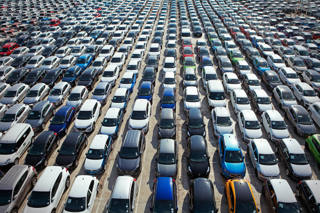
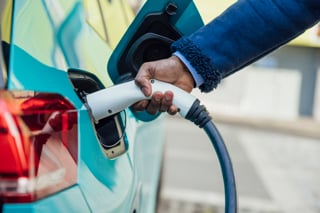
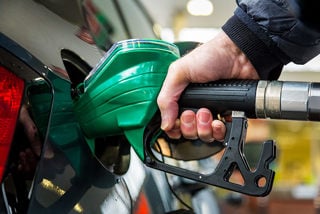



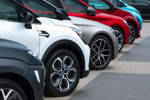
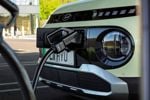








Kevin Putt - 09/01/2017 14:47
I would like to know how the higher NOx emissions will effect new vans, with TFL planning to increase it zones and other towns & city’s also planning emission zones how will this affect the diesel van in the future